Namibia is not Gabon. You can’t just cycle through the Etosha National Park like I did through the Lope, with a few people saying “oh, and if there are elephants or a panther on the road, just wait until they leave and continue“. In Etosha, you have to remain in your car at all times.

The Etosha National Park is as well-known for wildlife as the Kruger in South Africa and the Serengeti in Tanzania. It’s a huge place, with a large salt pan dried up in the center. It took me 3 days to cycle around on the main road. As an element of comparison, the national park is comparable in size with Slovenia and Israel. It’s twice bigger than The Gambia and half the size of Switzerland. Only for wild animals.
From Tsumeb, one of the entrance gates is just 100 km away, a short distance in Namibian terms. We rent a car to go self-driving within the animals. Loading the water, food, gear in the trunk and driving a car makes my cycling journey look ridiculously difficult, but the experience is unrivaled: compared to cycling, you don’t learn anything and you barely notice anything.

The entrance fees are reasonable, but the accommodation is out of price. It’s very easy to find a luxury lodge, but you can’t go backpacking there. The cheapest option is 20 USD per person for camping in a fenced rest camp. Most of the people in it seem to be tourists from Namibia and South Africa. The high season in Namibia coincides with the European summer holidays.
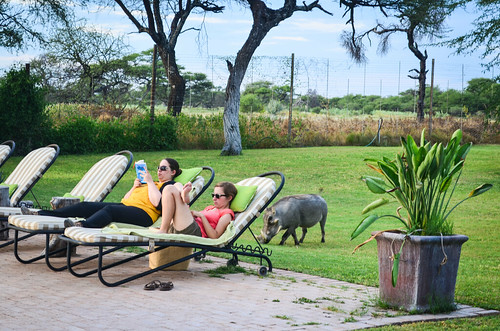
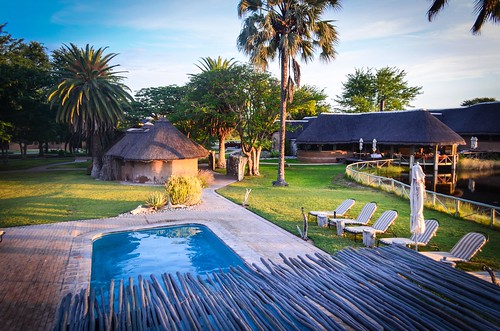
Not long after the Germans claimed Namibia theirs (South-West Africa at that time) in 1884, they declared a lot of restricted areas in 1907-1908, which are still “special” today. Among these were the Etosha reserve, which boundaries have evolved over time, the Skeleton coast (“entry forbidden”), and the Sperrgebiet (slightly bigger than Etosha), a mining area south of Lüderitz, among others.
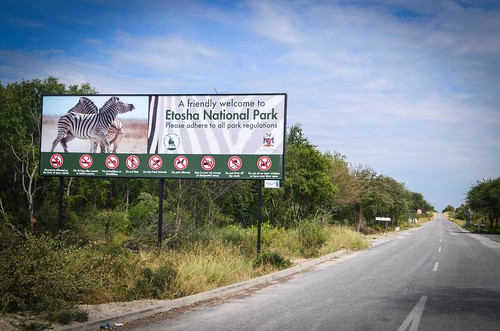
I’m not a fan of game reserves. Sometimes you drive a whole day and don’t see anything. When you see something, you just take many bad pictures and feel good. And that’s it. It’s like fishing. You have to wait a lot, and your happiness is linked to the animals having the bad luck of crossing your way.
When I was in South Africa, I had my 55-200 mm lens to take wildlife photos. Now, I only have my 18-55 mm, and it just doesn’t work. A wide-angle lens in a national park is as ridiculous as our rental city car among all the Land Rovers. But the dirt tracks of Etosha are so well maintained a small car can be driven anywhere.

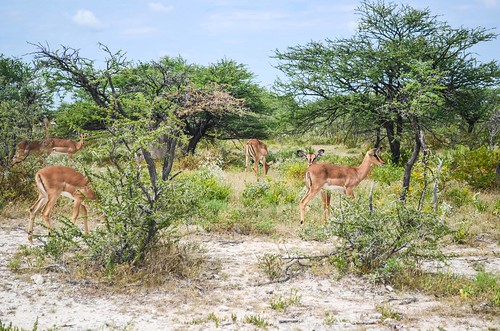


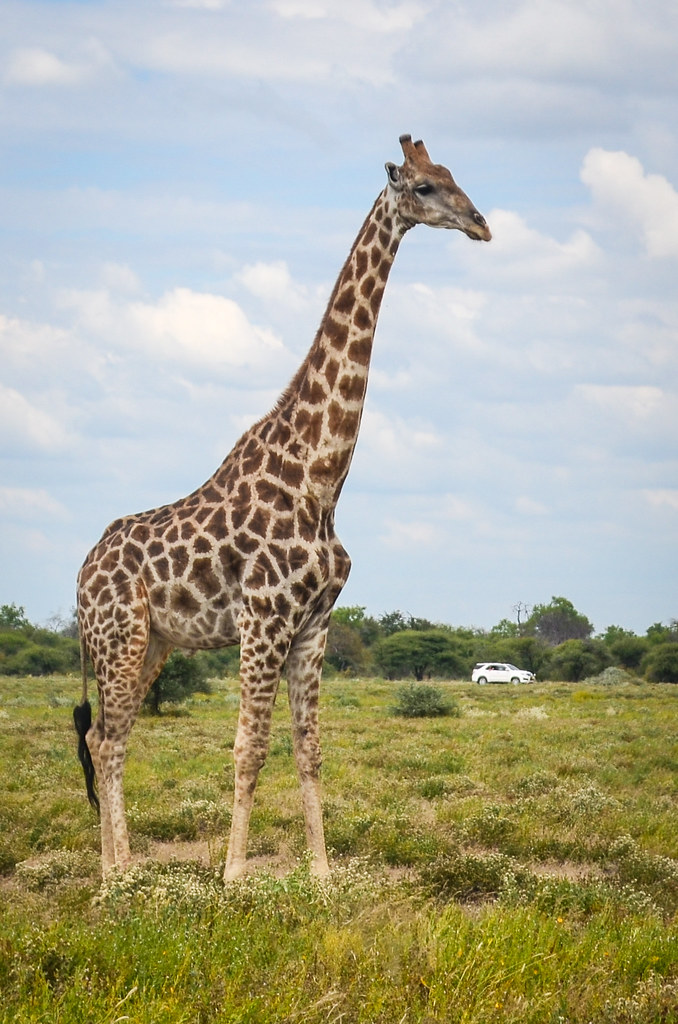

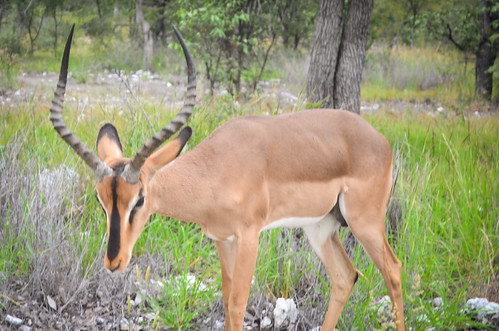


The waterhole of the Halali rest camp, located in the middle of the park, is attracting a lot of big animals at night. We’ve just missed the rhinos.
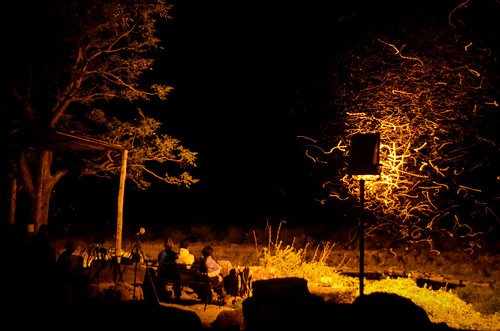
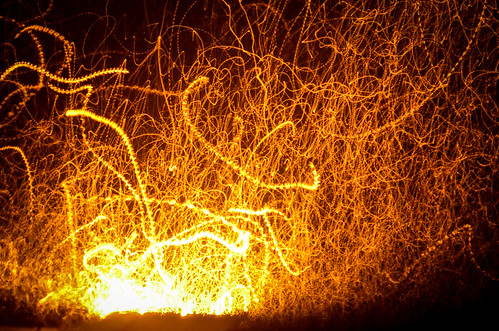

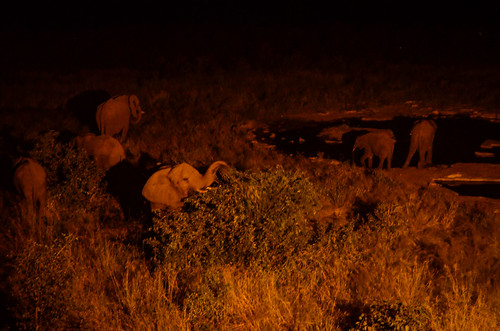
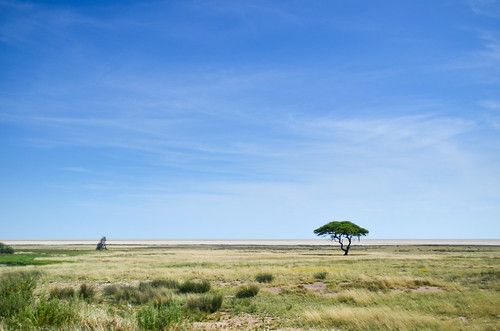
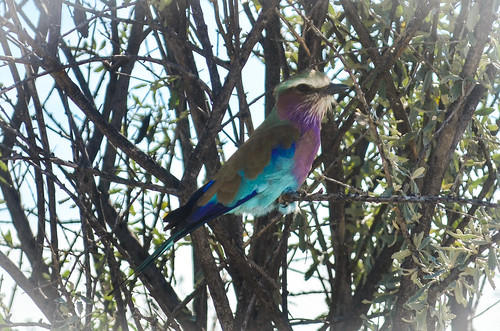
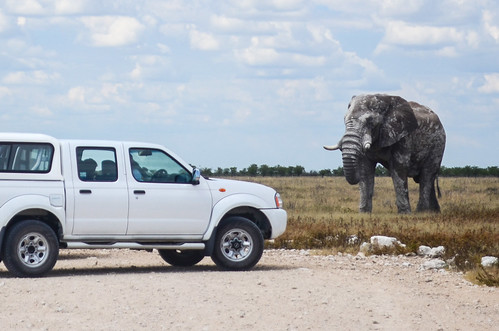

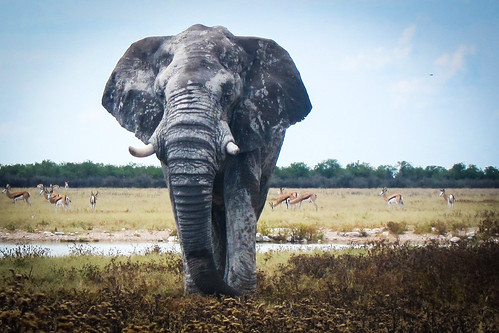


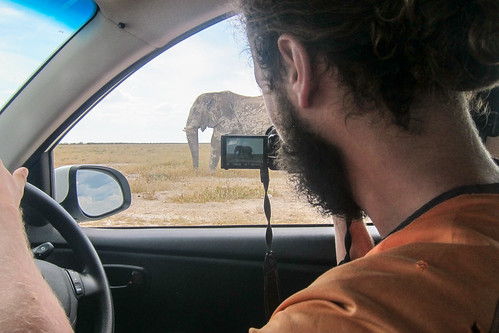
I was saying I’m not a fan of game reserves, but when there’s an elephant weighting five times more than your car within five meters of you, you realize how impressive these animals are. And you don’t joke. And you don’t feel like overtaking him.

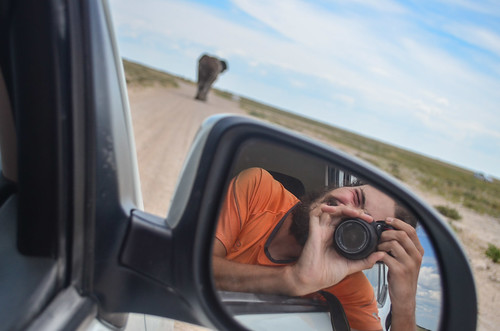

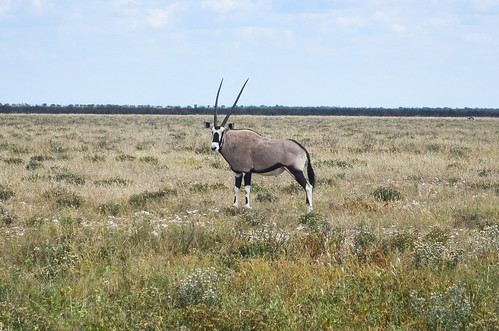
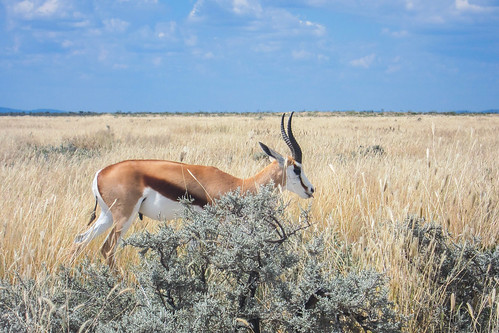





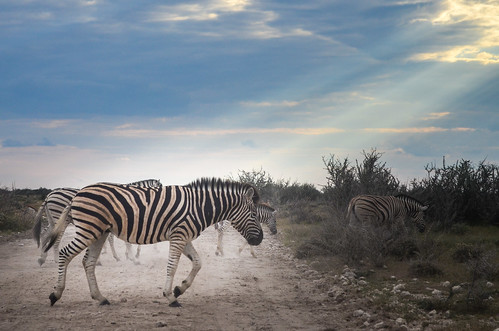


All in all, we luckily saw four of the Big 5 in two days, and just missed the rhinos by a few minutes at the Halali waterhole. The lesson is that going to a game reserve is kind of the only way to see wildlife in Africa. I’m not likely to see anything (and even less to be attacked by a lion while bush camping) if I’m cycling.








It is not Steinboks, but Springboks. Lovely pictures of the old elephant.
Beautiful elephant pic (the first one, my favourite) 🙂